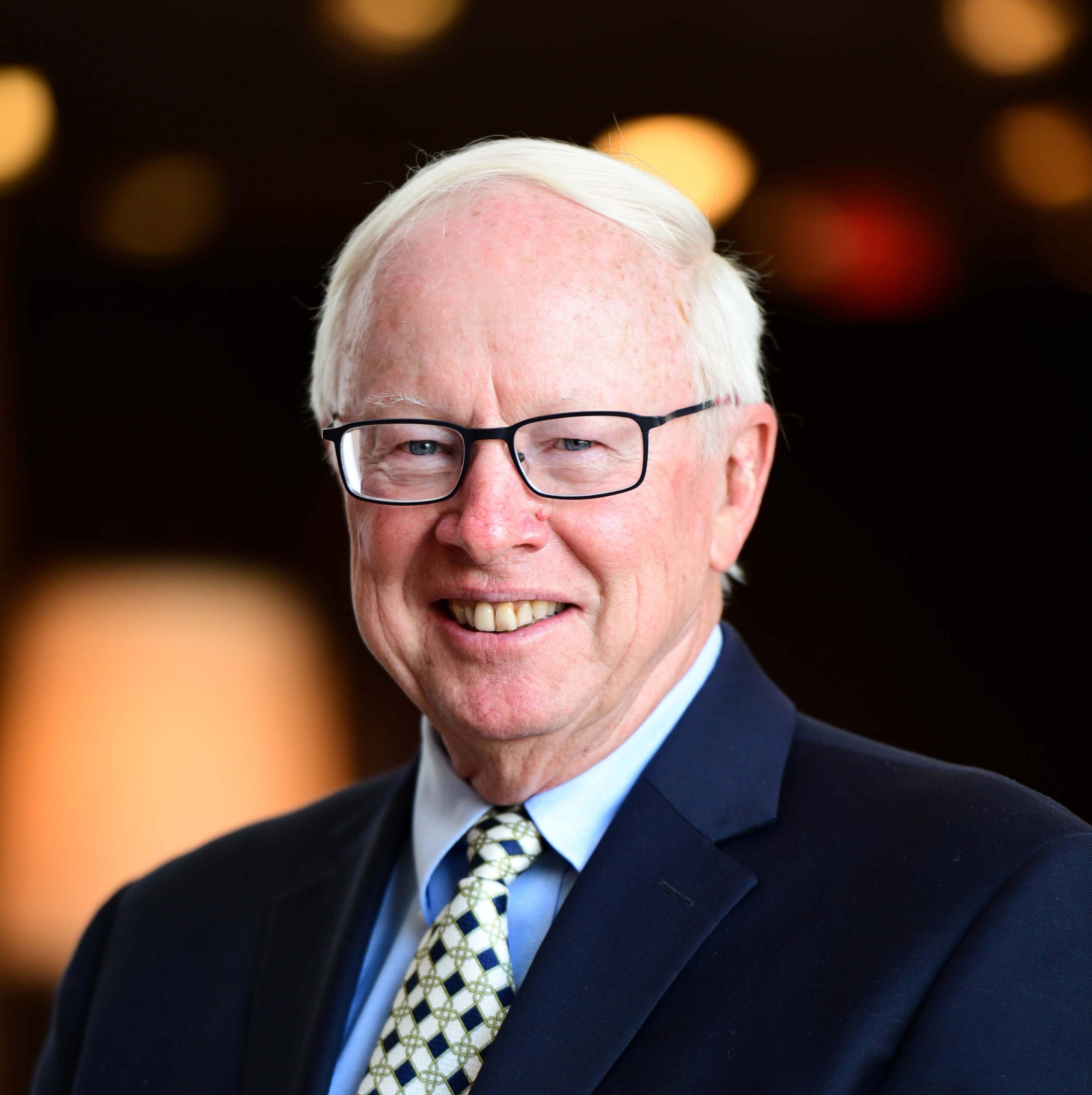Religions may have their eternal truths, but forms of religious expression are shaped by the geography, culture, economics and other factors that define a particular place. Religious organizations in the United States and China, for example, work with government agencies in very different ways. Los Angeles and Seoul have similar proportions of people who don’t identify with a religion, yet religious affiliation trends are going in opposite directions in each city. Pentecostals in Brazil and Nigeria are concurrently seeking their place in two dramatically different societies.
CRCC has studied religion in Southern California for 20 years, and our research into global Pentecostalism and religious competition and creative innovation has given our researchers expertise in Asia and other regions in the developing world. Comparing the religious landscape in various parts of the world yields useful insight into the growth and evolution of religious movements, as well as religion’s relationships with other aspects of society.
 AnnouncementFlourishing in Ministry Program Offers Coaching to SoCal PastorsPastoring a church can be fulfilling work — and it also can be demanding. Faith leaders often feel a divine call to accompany individuals on their spiritual and personal journeys. At the …Topics: Christianity, Religious Leadership, Southern California, Thriving Congregations
AnnouncementFlourishing in Ministry Program Offers Coaching to SoCal PastorsPastoring a church can be fulfilling work — and it also can be demanding. Faith leaders often feel a divine call to accompany individuals on their spiritual and personal journeys. At the …Topics: Christianity, Religious Leadership, Southern California, Thriving Congregations CommentaryChurches Come Together for Good Friday in Ocean BeachThe USC Center for Religion and Civic Culture provided seed funding for an ecumenical group of faith leaders serving San Diego’s Ocean Beach neighborhood through its Compelling Preaching Initiative. It seemed odd …Topics: Christianity, preaching, Religious Leadership, Southern California
CommentaryChurches Come Together for Good Friday in Ocean BeachThe USC Center for Religion and Civic Culture provided seed funding for an ecumenical group of faith leaders serving San Diego’s Ocean Beach neighborhood through its Compelling Preaching Initiative. It seemed odd …Topics: Christianity, preaching, Religious Leadership, Southern California- ResourcesCongregations Affected by LA County WildfiresIn the wake of disasters, congregations and faith organizations often respond to the immediate physical needs of their members and neighbors, while also providing emotional and spiritual care to those who have …Topics: Disaster Response, Southern California, Thriving Congregations
- VideoMemories of the Rev. Dr. Cecil L. “Chip” Murray – 1929-2024
- VideoReflections from the Rev. Dr. Cecil L. “Chip” Murray
- Video2024 Shurden Lectures: Whose Country Is It Anyway?
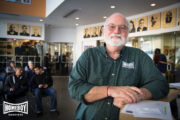 ArticleFather Greg Boyle: A Modern-Day Mystic — The Priest Behind Homeboy IndustriesThis article was originally published on Religion Unplugged, with the support of CRCC’s global project on engaged spirituality. The founder of the largest gang intervention, rehabilitation and prison reentry program in the world is a …Topics: Catholicism, Donald E. Miller, Engaged Spirituality, Religious Leadership, Southern California, Spiritual Exemplars
ArticleFather Greg Boyle: A Modern-Day Mystic — The Priest Behind Homeboy IndustriesThis article was originally published on Religion Unplugged, with the support of CRCC’s global project on engaged spirituality. The founder of the largest gang intervention, rehabilitation and prison reentry program in the world is a …Topics: Catholicism, Donald E. Miller, Engaged Spirituality, Religious Leadership, Southern California, Spiritual Exemplars- VideoWomen of Integrity: Celebrating 175 Years of the Immaculate Heart Community
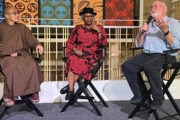 CRCC in the NewsSpotlight shines on spiritually engaged humanitarians in ‘Stories of Social Change’ exhibitThis story was originally published by USC News. After being immersed in the material for five years, Megan Sweas didn’t need a script as she led small groups on tours of the …Topics: Engaged Spirituality, Indigenous Spiritualities, Southern California, Spiritual Exemplars
CRCC in the NewsSpotlight shines on spiritually engaged humanitarians in ‘Stories of Social Change’ exhibitThis story was originally published by USC News. After being immersed in the material for five years, Megan Sweas didn’t need a script as she led small groups on tours of the …Topics: Engaged Spirituality, Indigenous Spiritualities, Southern California, Spiritual Exemplars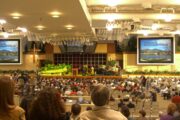 CRCC in the NewsWashington Post: Richard Flory on Saddleback’s Rick Warren Ordaining WomenRick Warren, founder and pastor of Saddleback Church, is challenging the Southern Baptist Convention’s (SBC) belief that women should not be pastors in their church. Saddleback was disfellowshipped by SBC officials after …Topics: Christianity, Evangelicalism, Innovation and Change, Religious Leadership, Southern California
CRCC in the NewsWashington Post: Richard Flory on Saddleback’s Rick Warren Ordaining WomenRick Warren, founder and pastor of Saddleback Church, is challenging the Southern Baptist Convention’s (SBC) belief that women should not be pastors in their church. Saddleback was disfellowshipped by SBC officials after …Topics: Christianity, Evangelicalism, Innovation and Change, Religious Leadership, Southern California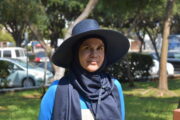 ArticleSonia Tinoco García: Responding to Muslim Asylum Seekers at the US-Mexico BorderThis article was originally published on New Lines Magazine, with the support of CRCC’s global project on engaged spirituality. It’s late afternoon in Tijuana, and the air is hot and thick. Hamza — …Topics: Engaged Spirituality, Immigration, Islam, Southern California, Spiritual Exemplars
ArticleSonia Tinoco García: Responding to Muslim Asylum Seekers at the US-Mexico BorderThis article was originally published on New Lines Magazine, with the support of CRCC’s global project on engaged spirituality. It’s late afternoon in Tijuana, and the air is hot and thick. Hamza — …Topics: Engaged Spirituality, Immigration, Islam, Southern California, Spiritual Exemplars AnnouncementJohn Orr: Religion professor’s long career at USC helped launch some of the university’s most distinctive programsProfessor Emeritus of Religion John Orr was a continuous presence on the USC campus for nearly 30 years. He helped usher in a number of programs that define the university’s commitment to …Topics: Christianity, Religious Leadership, Southern California
AnnouncementJohn Orr: Religion professor’s long career at USC helped launch some of the university’s most distinctive programsProfessor Emeritus of Religion John Orr was a continuous presence on the USC campus for nearly 30 years. He helped usher in a number of programs that define the university’s commitment to …Topics: Christianity, Religious Leadership, Southern California
“More than 80 percent of the population of the UAE is composed of non-citizens—a remarkable statistic that accounts, at least in part, for why the restiveness of the Arab Spring made barely a ripple here. Still, the relative tolerance of the UAE’s authoritarian regime makes for some fascinating contradictions. Non-Muslim religious movements are tightly constrained in where and how they can conduct their activities, but if they play by the rules, it’s easy to flourish.”
—Nick Street,
“Spiritual Sargasso Sea: A Long Weekend in Dubai”
CRCC Experts
To schedule an interview with one of our experts, please contact CRCC:
crcc@usc.edu or 213-743-1611





